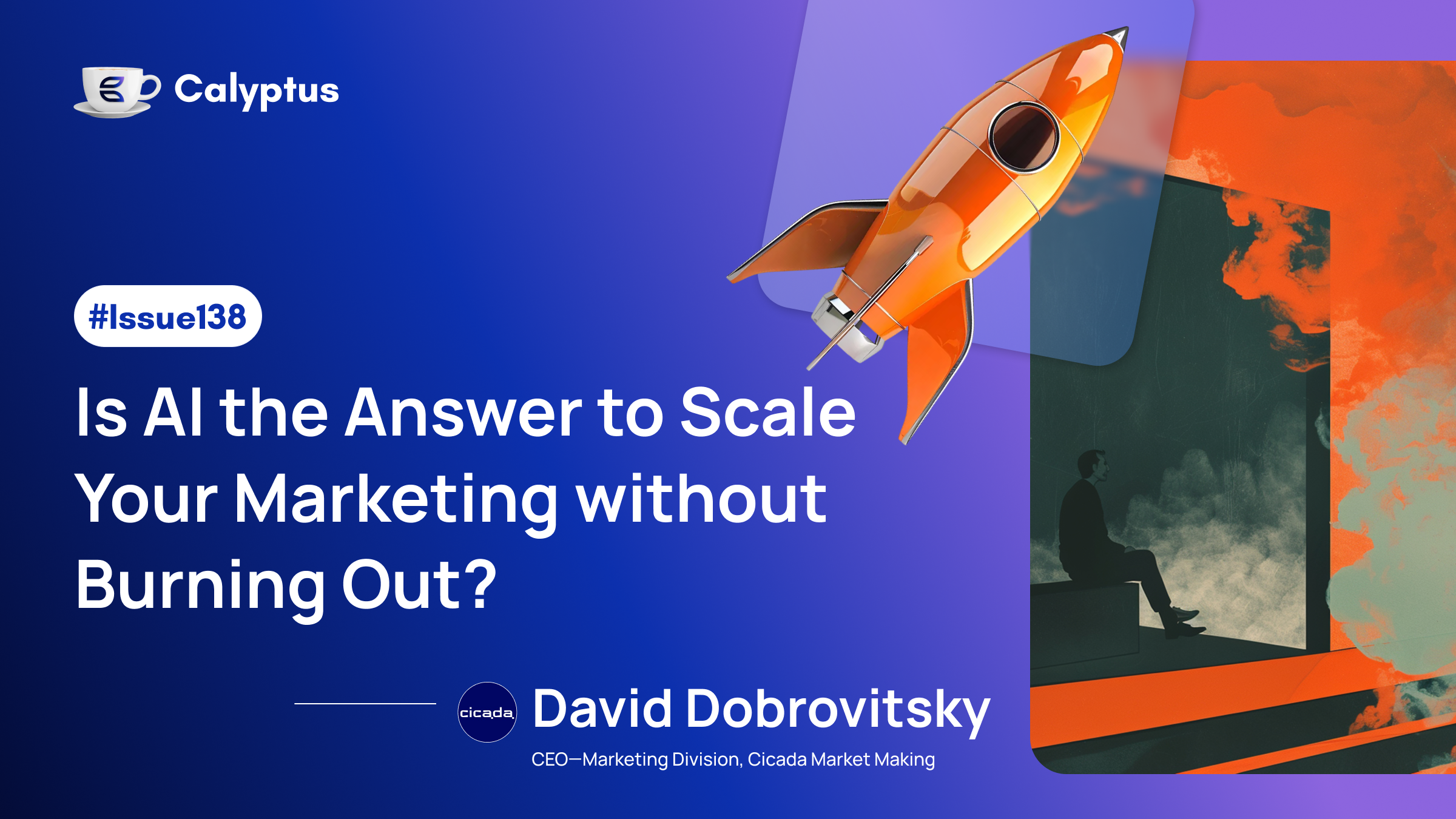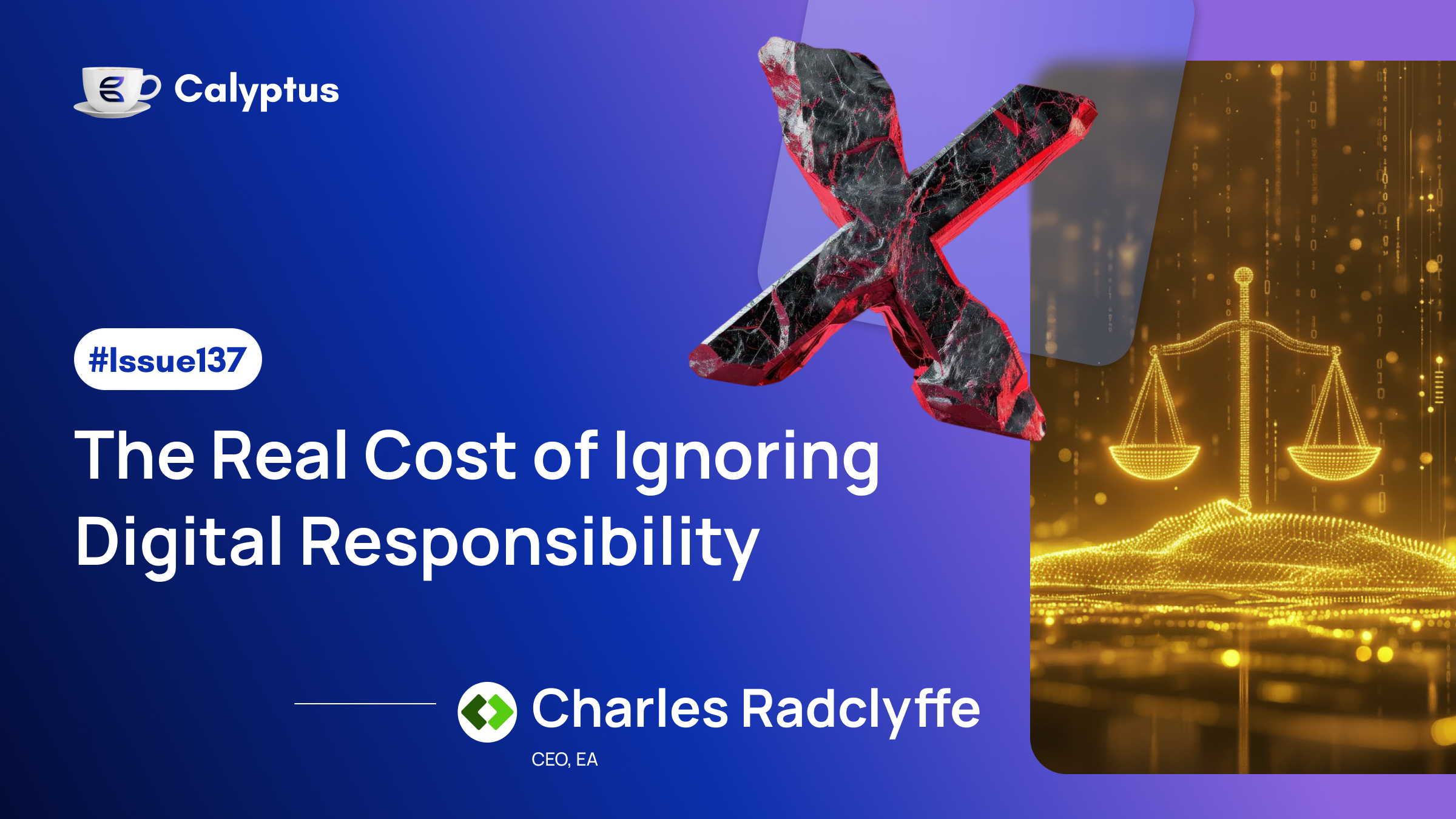Adam Legge has worn many hats at Checkout.com, from Global Head of People Operations to Chief of Staff and now UK&I People Director. Each role sharpened his conviction that a People team isn’t a support function; it’s a growth lever. In our latest People Protocol interview, Adam shares how AI‑powered dashboards, Gemini‑driven feedback agents, and a healthy dose of “internal PR” are helping Checkout.com link culture to commercial outcomes - while keeping humans firmly in the loop.
You’ve worked across talent, operations, and now strategic people leadership at Checkout.com. What’s been the most transformative shift in how you think about People strategy today?
I believe my time as chief of staff was the most transformative for me to date. Stepping out of a world with a more focused remit and being deep in the detail, into a world where your remit is more lateral and expansive is a real gear shift. Every relationship you have built so far in the organization changes overnight and you really feel that change, in how you partner with stakeholders, how you approach situations with a different view point. However the biggest shift in thinking for me was building that commercial muscle, really understanding that a People Team is not just a support function, we’re the enabler for much more that contributes to an organisations growth, profitability and overall success.
In your time as Chief of Staff and now People Director, how do you ensure people strategy is seen as a business lever rather than a support function?
I’ve tried to be intentional about positioning people strategy as a core business lever by aligning it directly with commercial outcomes and value add initiatives. I believe understanding the overarching business strategy, as well as listening to the business on what are the main employee painpoints, is usually the main driver behind a good people strategy in my opinion. Whether it’s unlocking employee experience, reviewing org structures that enable us to scale, improving performance through capability building, or driving engagement to retain critical talent, the people agenda is always rooted in business priorities - especially as typically a company's biggest resource, and where companies invest the most, is it’s people.
I also believe it’s important to use data to tell stories that resonate at all levels, framing people initiatives in terms of productivity, risk, or revenue impact, and ensuring senior leaders see the People Team as a strategic enabler.
Finally, I’m a big believer in internal PR, how we show up as a team, how every interaction is an opportunity for us to show a commercial mindset and educate people on the value a truly commercially focused and people centric People Team can bring.
Where has AI already had the biggest impact at Checkout.com in transforming how your People team works and what’s next on your roadmap?
I have seen it used in many ways, however speaking from my own experience, I have used it for a few different use cases. It’s great when writing comms, being able to utilise AI to help create drafts, tailor a message to a certain audience, whether that be stakeholder group, level, location etc - It really helps boost how I write. I often use it for deep research too - I’m still very much in the camp of wanting to use my own brain and knowledge first, however I’ll often run an idea through deep research, ask it to summarise key topics and see if there is anything of value I can add that I may have missed.
With the rise of generative AI tools, how are you equipping managers and employees at Checkout.com to work more productively and responsibly with these tools?
I could write about this all day! However one example I’ve been really impressed by is how we have implemented AI to power employee performance. We’re very lucky to have Google Suite at Checkout, including Gemini. We recently delivered a seminar to managers on how to create Gems (Gemini’s personal AI agent), to support them in providing and positioning both written and verbal feedback in line with our operating principles, as well as goal setting, while ensuring alignment to both our organizational and departmental key objectives.
We have also built our own performance management platform with an embedded AI integration that utilises feedback, goals and goal updates and performance metrics to present insights, analysis and support with defining potential ratings and areas of focus. It helps mitigate bias and reduces subjectivity throughout the end to end performance process.
What are some of the most successful people-focused experiments or innovations you’ve trialed at Checkout.com that you’d recommend others try?
I’m going to keep the AI theme flowing for a little longer! It has completely changed how I communicate our monthly people and culture data dashboard to various stakeholder groups. I used to spend hours analysing our people data, writing out an email or putting it into slides to be presented at a meeting, which is not the most efficient or engaging approach. I now review the data, adding any context, trends, narrative etc, then using Notebook LLM I turn it into an interactive podcast. This enables people to view the data, while listening to two (rather real sounding) AI presenters talk through the data but in a story like podcast. You can even interrupt the podcast to ask questions verbally, where it will then answer your question before going back to the rest of the podcast! Of course, at times AI can get it wrong (we can’t all be perfect!), that's why us humans are still relevant in this whole process, to ensure everything is correct and as it should be before it’s shared.
If you had to start your People career again today, what skills or experiences would you prioritise to accelerate growth in the modern org landscape?
I believe some of the most career propelling moments for me have come out of situations that I thought would have held me back at the time. I could sit here and say every career move I have made has been strategic, but that would be a lie. I have remained open to every opportunity that has come my way, even if it wasn’t the direction I saw myself moving in. There is however one key principle I always follow, and that’s choosing the leader just as much as choosing the role. I have been incredibly lucky to have some amazing managers who have shown me what it means to be a great leader, HR professional and partner to the business.




